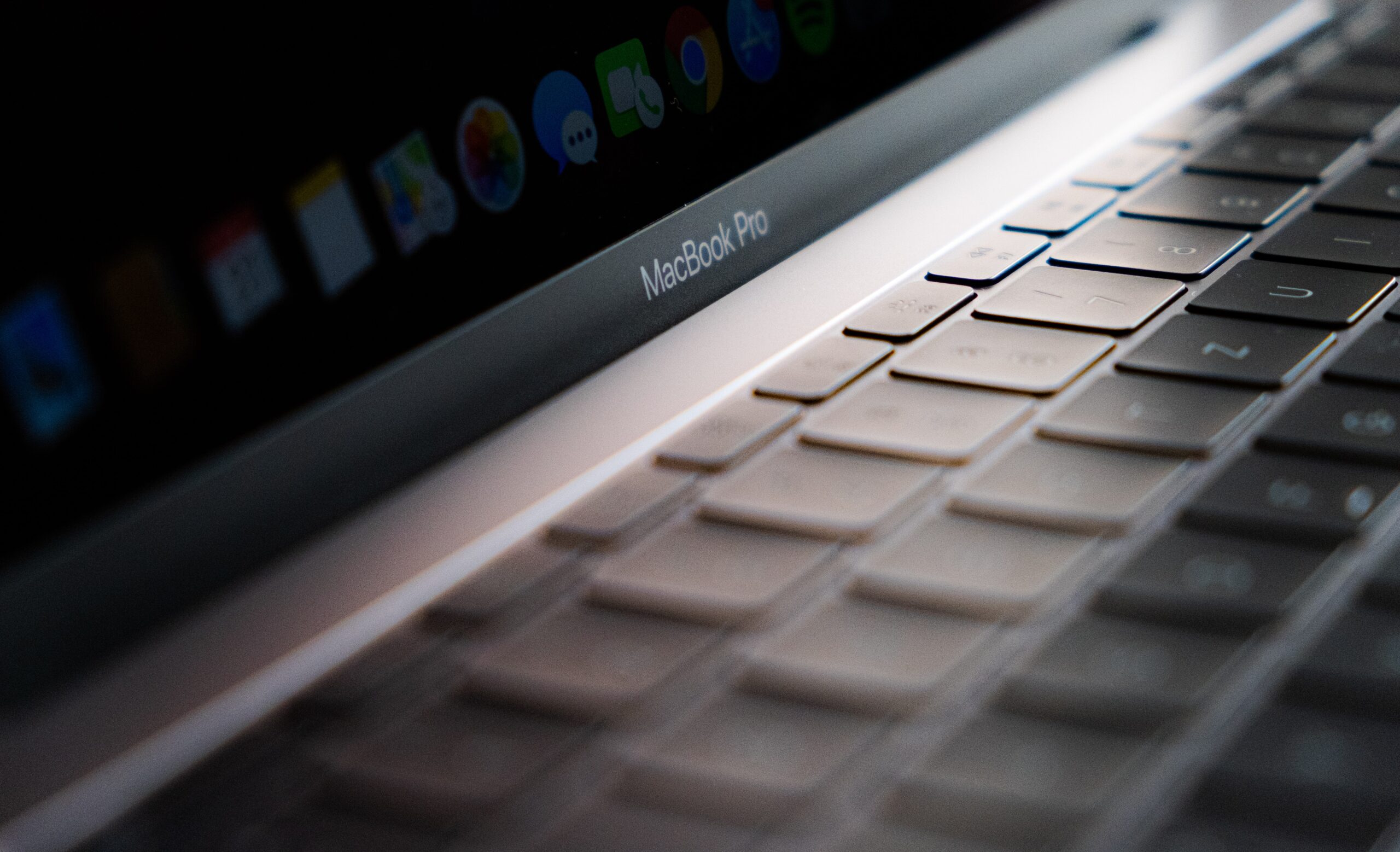From what perspective do we even consider the value of Apple devices? Do we start with the manufacturing, the design value, or the added value? Should we go through the aspects of the market value, the value of its everyday use, its financial value, lasting value, investment value, or the prestige of owning such a device? The value of an Apple device to an individual user or what it provides to a company? Apple products’ value technology-wise, ecological value? I could hardly refer to all of them in a single article; however, I present a few key aspects worth considering when one wonders about the value of Apple products.
When it comes to Apple products, the price for their quality devices is often discussed – either for better or worse. Some criticize it and say it's overpriced; others claim it's a necessary aspect. In order to defuse this controversy, it is necessary to clarify some of the key concepts that are most often discussed in this topic.
Apple does not have a 'low-end' device
Perhaps it is the most important to understand at the beginning is that Apple does not have a low-end device. This is a conscious decision made by the company. The manufacturer simply isn't interested in appealing to the "give me something useable for a low price" segment of the market. Every device model they put on the market is the result of high-level design, high-tech manufacturing, and rigorous testing. The professional craftsmanship of quality materials, eye-catching and stylish appearance, ergonomic design, feasible weight, and size make their products desirable at the very moment a customer sets their eye on them and that's just the surface before we even take their market-leading electronics and software development into consideration.
However, Apple's product range also periodically includes basic-level models of popular products
However, this does not mean that the company is exclusively targeting wealthy customers. In order to reduce the production costs, and thus the purchase price, Apple also periodically introduces basic-level models of popular products into its product range. On the one hand, these use components that are close to the very expensive high-tech latest internals, but which can be produced earlier and therefore at lower cost. On one hand, these devices are made of components that are less expensive and technologically benefit from the previous developments, not the latest ones. This solution cuts both the production price and the in-store price of these products. On the other hand, certain components are deliberately omitted from them, also, the more expensive materials of high-end models are replaced by cheaper alternatives. Such examples are the Mac Mini in the desktop family (which has evolved over several generations to become a category in its own right, with its own basic-level configuration), the iBook in the laptop family (the counterpart to the pricy PowerBook), and the iPhone SE, which has been released alongside some generations of iPhone. But the entry-level models that can be produced in this way at a reduced cost are made from the same quality materials. Despite their lower price and less high-end technology, these products are also made of quality materials, just like their more expensive counterparts, such as quality plastic in order to substitute the pricier metals and special glasses. Besides, they are also carefully designed, professionally manufactured, and rigorously tested. This care and quality alone set a price limit, under which it would be impossible to produce such quality pieces.
The amount of manufacturing defects are typically low
Automated production lines are more precise than human hands, but not perfect. They make significantly fewer mistakes indeed, but it still happens sometimes. There is a reasonable limit to how much further the error rate can be reduced with additional cost increases. This means that a certain number of defects will always enter the market, and it is not worth it to try to avoid that. Apple's processes are not immune to this phenomenon either, their products also contain manufacturing defects, but their numbers are extremely low.
Apple devices hold their value exceptionally well even after the third of fourth owner
But then what about the mass battery issue of the model for which the manufacturer itself has advertised a warranty replacement program? Or the antenna on the one that even the press had picked up on, saying that „if I don't hold it the way Apple's engineers intended, my own hand will block the antenna”? Indeed, all this has happened. And I have no intention of praising Apple's products above realistic, nor will I persuade anyone into buying them (see my separate post on this). However, it’s worth it to consider how these products do on the market of secondhand devices. If these were such defective and unwanted pieces then the market would have already been flooded by the worthless devices, which no one would want to buy. But this has never happened with any of Apple’s series. They hold their value remarkably well, not only after a second owner, but even after a third or fourth. Also, the aforementioned models have been proven in practice to last much longer than most competitors without battery replacement (most owners never used the advertised replacement option), and the antenna configuration wasn’t that bad either that it would prevent the use of the device.
Any faulty design at Apple fails already behind the scenes
Cases like this show that not all Apple innovations can be a major hit. However, given their pace and the amount of innovation they bring to the table, and the extent to which their solutions are successful, I think they have nothing to be ashamed of, and even the previously mentioned models with issues have been well used by their owners for many years. But just think of how many failed designs can surface behind the scenes at Apple to ensure that what finally enters the market is truly the standard we’re used to.
Thus quality, technological innovation and the value they create do have a price
This quality of Apple devices, the technological innovation behind them, the design associated with them, but also the user experience and even the prestige of owning one, they all make up to a value. And that value has a price. Whether this price is worth it or not is a question for each to decide for themselves, but one question is worth answering before the decision: if the product is indeed overpriced, how can the company achieve, for example, to be the only smartphone brand that has been steadily increasing its sales worldwide despite the difficult market conditions of recent years?
What would be the lesson from that? I leave that to the reader.


